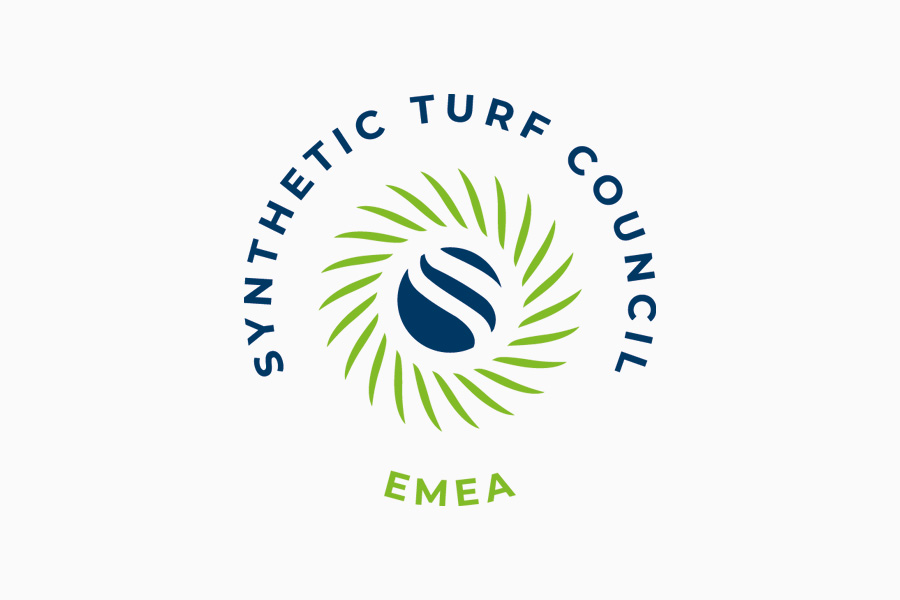World Rugby has become the latest ESTC affiliate. Marc Douglas of World Rugby explains the value they see in joining the governing body for the synthetic turf industry.
With all the major suppliers in the synthetic turf value chain, as well as all the major sports governing bodies already being members, it makes logical sense that World Rugby would join ESTC. Marc Douglas : ‘We will now have unrestricted access to the industry. As synthetic turf systems are made up of a variety of individual components of which the alignment and collective cooperation determines the final performance, the interaction we can now have with companies further down the value chain will certainly add value to the relationship we already have with our Preferred Turf Producers partnerships and our Accredited Test Institutes. These partnerships are very important to us and we have very good relationships with each of them. ESTC events will provide a perfect opportunity to catch up and engage with all areas of the industry.’
‘Fields must be Regulation 22-compliant if they are to be used for any form of contact rugby so we rely on the industry in general to help get that message out. We look forward to, through membership of ESTC, having more input from the entire synthetic turf value chain. This will further add value to the honest feedback we try to collect from our Preferred Turf Producers and our Accredited Test Institutes.’
Working Groups contribution
ESTC Working Groups are at the heart of ESTC activities. As a member, World Rugby can now participate in discussions and contribute to ESTC publications. ‘In the past our interaction with these working groups was limited. Now we can join the table and participate in the discussions taking place in the Shockpad, Yarn, Infill, as well as the Environmental Legislation Working Group meetings. The latter has become particularly important as it covers current issues like recycling or appropriate field design to mitigate infill dispersion. These are issues we take very seriously. The various publications and standards produced by ESTC are relevant to all owners and users of synthetic turf fields. Most compliant rugby fields are in Europe, so any outcome from the microplastics discussion has a material effect on what we do. However, rugby is also growing in popularity, so the fact that ESTC represents the industry within the EMEA region, has an extra added value. At the same time, we are also an Associate Member of the Synthetic Turf Council in North America as we recognise the challenges that being a minority sport pose to the work our member Unions in the area do in complying with Regulation 22. That membership and partnership is also important to us to further improve the game and the surfaces on which it is played. Being able to participate in drafting new documentation will enable us to further help educate end users about synthetic turf for rugby and how it can benefit other sports and athletes. We know from experience how difficult it is to get relevant information out.’
Adding value to members
Earlier this year, Marc hosted a webinar to update ESTC members about the latest developments regarding synthetic turf within World Rugby. ESTC members can certainly look forward to more of these exclusive opportunities. ‘The annual ESTC Congress and Working Group meeting will provide us with another opportunity to meet and listen to the industry, as well as to provide feedback from the rugby community. The webinars ESTC hosts will also provide us with a platform to interact with the industry. Last but not least, I also foresee that our membership will add value to the One-Turf vision that reflects best practice in the areas of player welfare, performance, sustainability, and longevity as developed by FIFA, World Rugby, and FIH. As FIFA and FIH are already members of ESTC, we are now able to collectively engage with the industry and take this concept to another level.’
